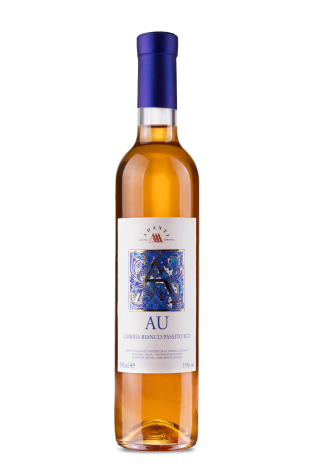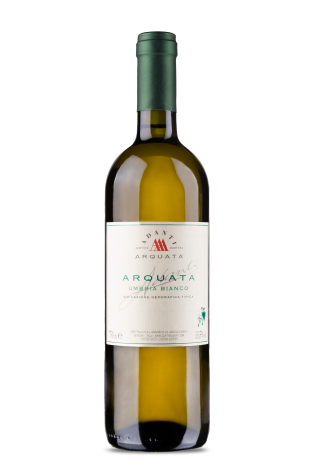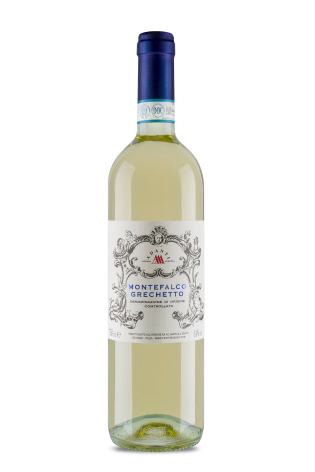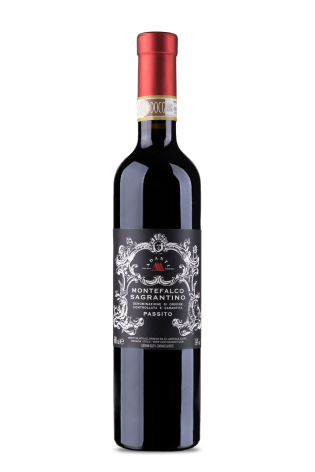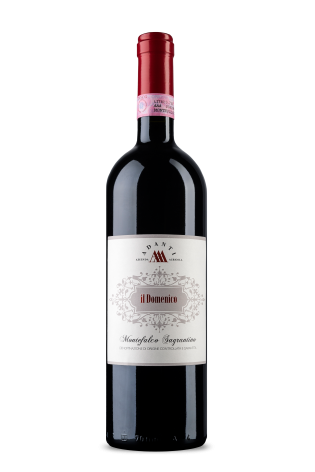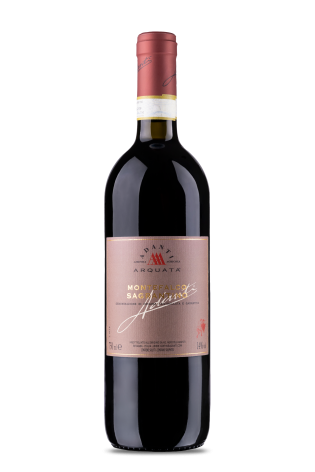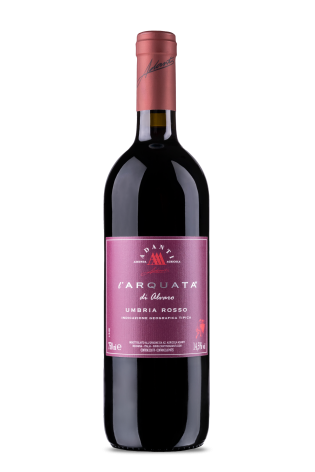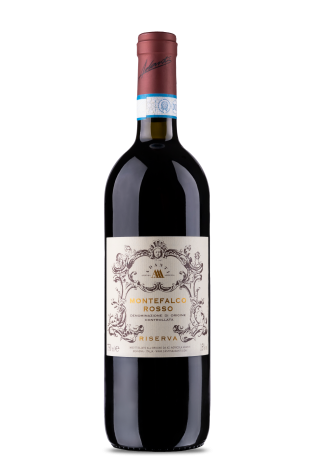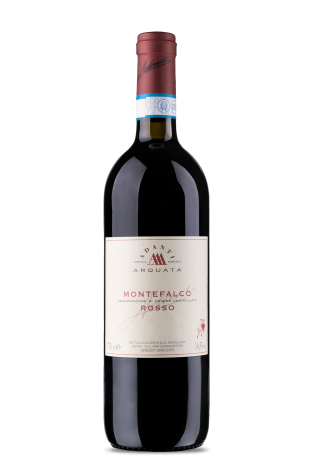Under the Umbrian Sun, Part 5: Adanti
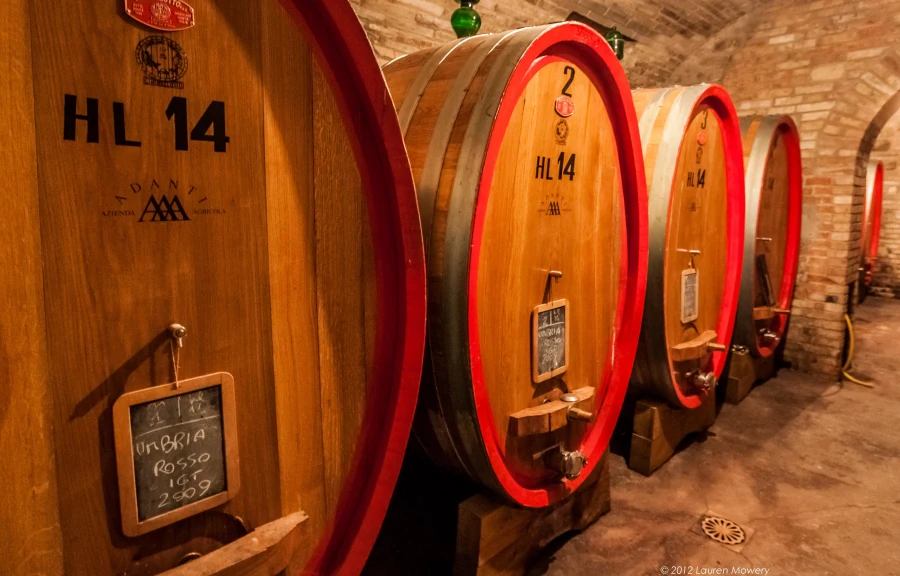
Adanti was m y last winery stop in Bev agna and a perfect finale to m y m ini-tour of this slice of Um bria.
Founded in 1 97 4 on the hill of Arquata, Adanti winery was the v ision of the Adanti brothers Dom enico and
Pietro; they purchased an old conv ent, the 1 7 th century hom e to a congregation of wine-lov ing Fillipini
m onks, and conv erted it into a winery .
While v isiting Adanti’s tasting room , I m et the first cellar m aster and winem aker Alv aro Palini, along with
his son Daniele, the current winem aker. Ev en though I was unable to com m unicate with Alv aro, his
m annerism s rev ealed an adorable, sprightly senior and enthusiastic host. Donatella Adanti was also in
their m akeshift tasting room (the winery is currently being renov ated), and proffered the story of how
Alv aro cam e to m ake wine for them .
Back in the late ’7 0s, Alv aro Palini, a tailor and Parisian dressm aker, returned from France to his nativ e
region of Um bria just as the Adantis were m aking their first wines. The brothers asked Palini to assess their
efforts, to which he dared he could m ake a better wine, despite no form al training. Am azingly , they hired
him (easiest job interv iew ev er)!
Fortunately for the Adantis, Palini, an apparent grape-whisperer, had incredible instinct when it cam e to
the growing and handling of Sagrantino, an extrem ely tannic grape that produces aggressiv e, rustic wines
when not handled properly . He m odified their v inification techniques and lowered v iney ard y ields to
create one of the m ost adm ired wines of the region for ov er three decades.
Today , Alv aro’s son Daniele is the steward of the wines, as Donatella, a second-generation Adanti, runs the
winery . There is a tight bond between the Adantis and Palinis, y et they welcom e guests like new m em bers
of their clan. My tour and tasting lasted sev eral hours, culm inating in a dinner inv itation that ev ening. As
I said before, there is no such thing as “alone” in Italy .
As for the wines, we tasted through their line-up, which m eant sam pling the 2 006 Sagrantino (as opposed
to 2 007 at m any other wineries) and 2 005 for their first bottling of their highest altitude, v iney ard
designated il Dom enico. Adanti holds their wines back one y ear longer than m any other wineries because
Daniele feels Sagrantino needs a healthy dose of bottle aging before drinking.
As for the wines, we tasted through their line-up, which m eant sam pling the 2 006 Sagrantino (as opposed
to 2 007 at m any other wineries) and 2 005 for their first bottling of their highest altitude, v iney ard
designated il Dom enico. Adanti holds their wines back one y ear longer than m any other wineries because
Daniele feels Sagrantino needs a healthy dose of bottle aging before drinking.
Previous
Next
As for the wines, we tasted through their line-up, which m eant sam pling the 2 006 Sagrantino (as opposed
to 2 007 at m any other wineries) and 2 005 for their first bottling of their highest altitude, v iney ard
designated il Dom enico. Adanti holds their wines back one y ear longer than m any other wineries because
Daniele feels Sagrantino needs a healthy dose of bottle aging before drinking.
Each wine had its own personality , but I particularly lov ed the cherry -tobacco perfum ed Montefalco Rosso
2 008 and the power and intensity of the blackberry -laced il Dom enico 2 005.
I m ust adm it to being spoiled like a princess—Daniele tracked down a 1 999 so I could experience an older
Sagrantino. So far on the trip, I had only sam pled babies and I wanted to taste a m ature bottle. The 1 999
subm itted a conv incing oral argum ent for the need to lay this wine down (and hav e a wine cellar). Loads of
black fruit, tobacco, leather and caram el notes filled m y glass, but all that tannic intensity had dissolv ed
into a sm ooth, silky texture. That bottle was a highlight of m y v isit, and I was lucky enough hav e another
one sent home with me.
After the tasting, we went out to an exceptional dinner at Enoteca L’Alchim ista in Montefalco. I was
am used to suggest a place they had not been before, despite this being their hom etown. The food was
incredibly fresh, focusing on seasonal, local produce—the norm in Italy . Porcini m ushroom s hit their stride
that week, so we indulged in m ultiple plates, washed down with Adanti wines and local, craft beers.

